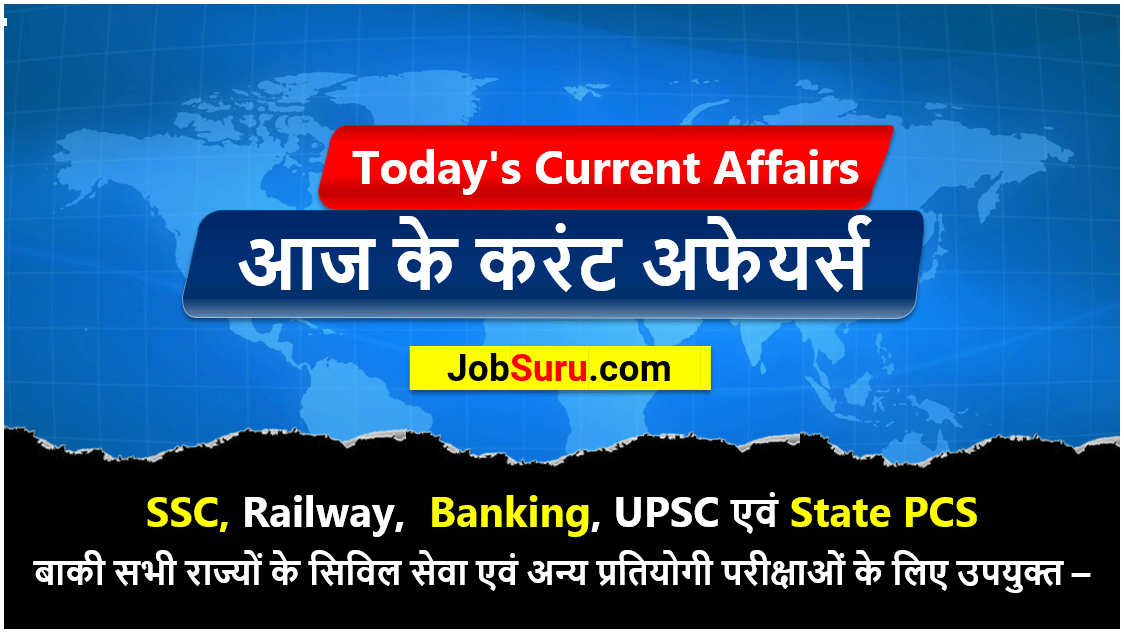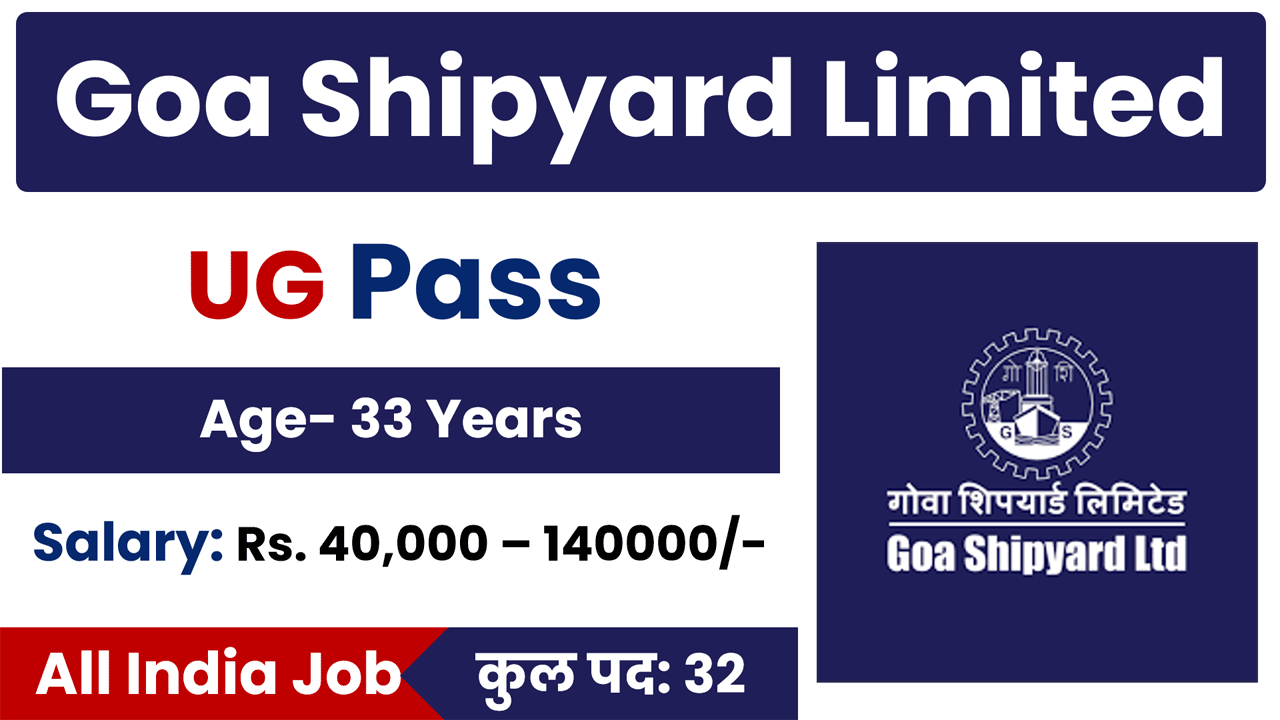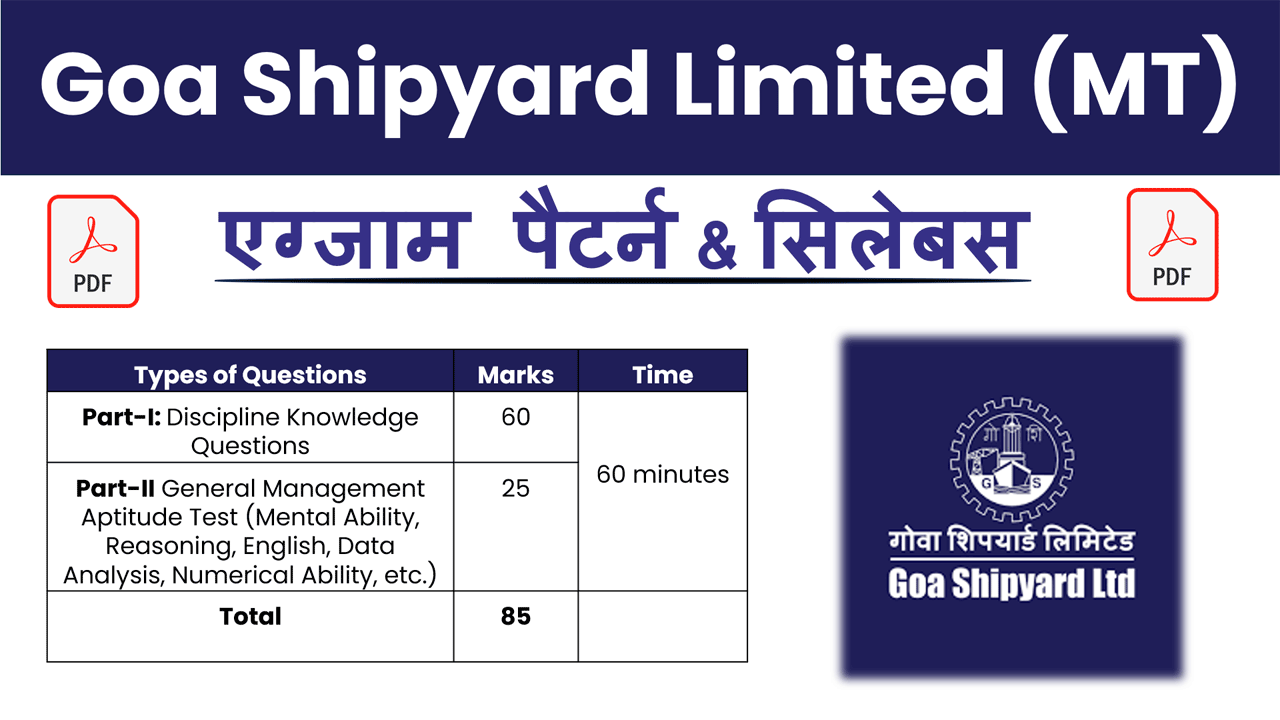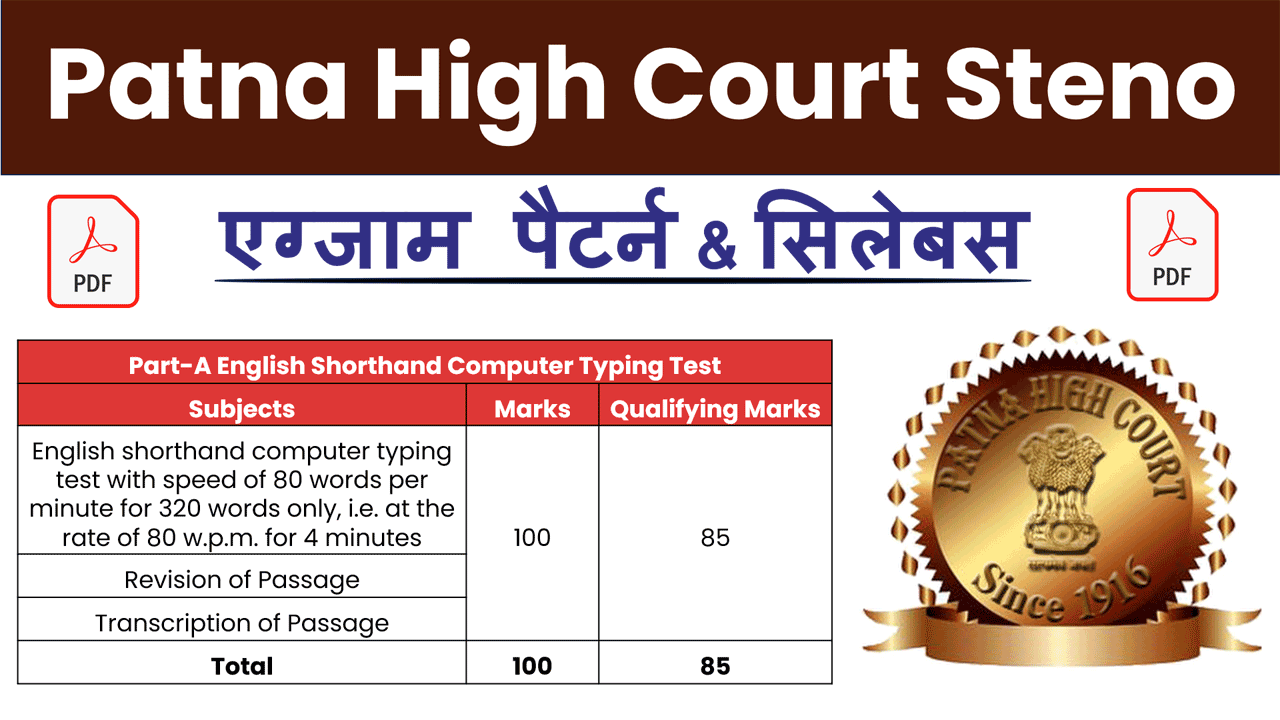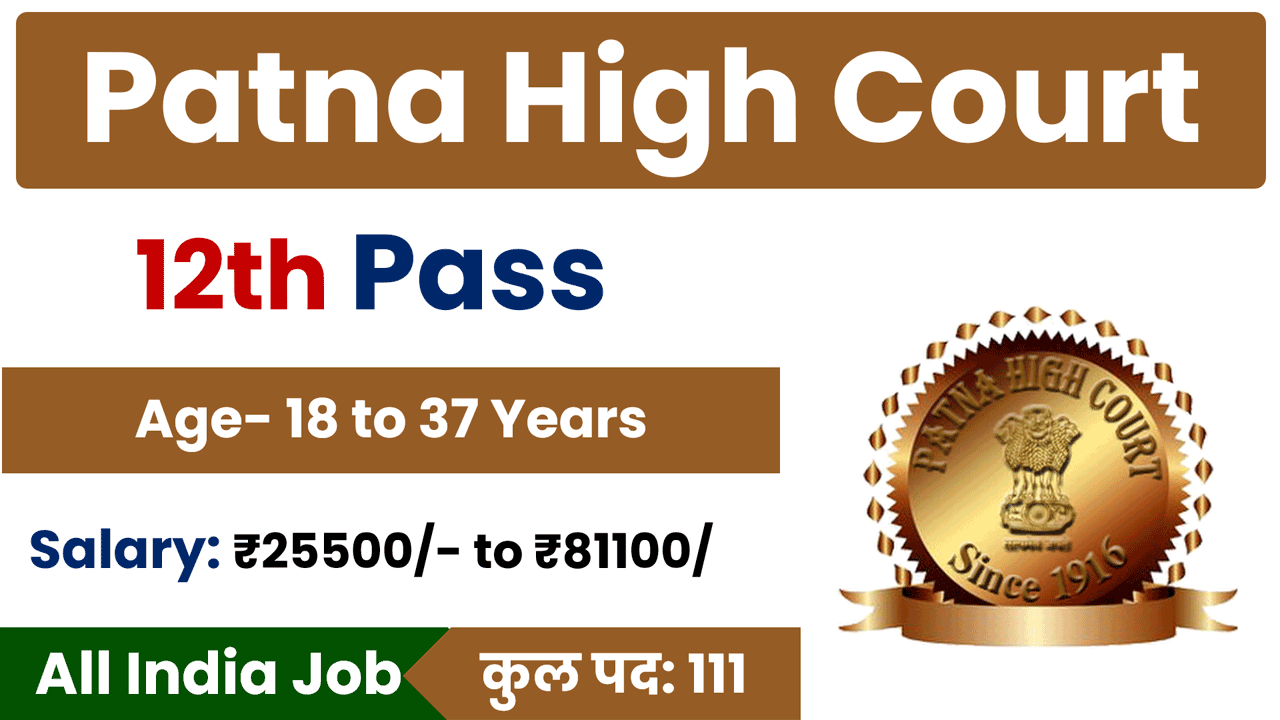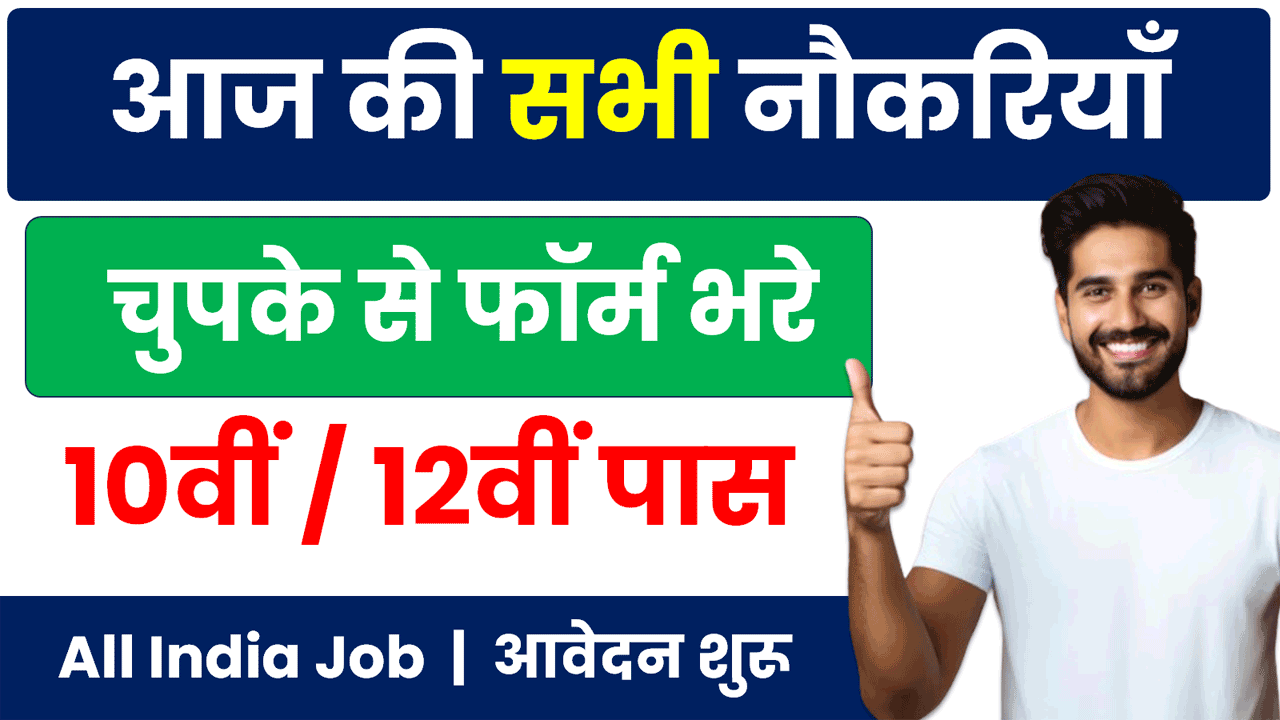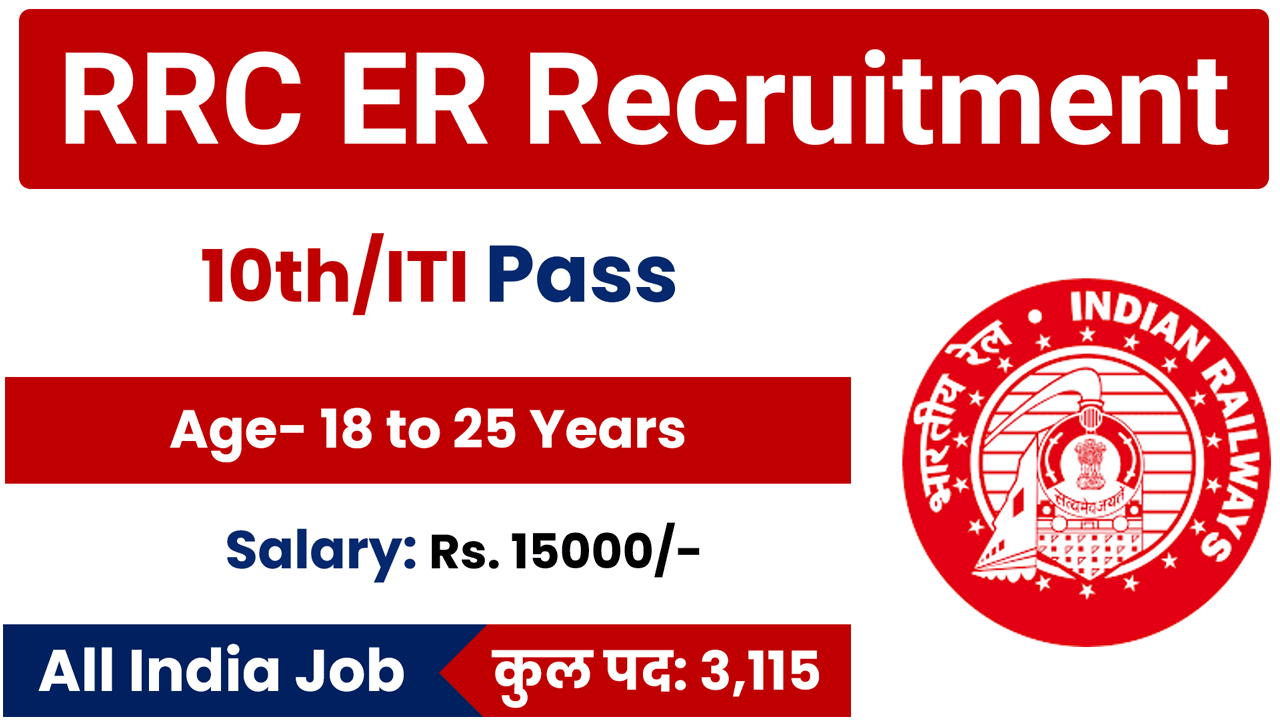UP LT Grade Syllabus PDF Download
UP LT Grade Syllabus 2025: Uttar Pradesh Public Service Commission (UPPSC) has released the application form for the post of LT Grade Assistant Teacher. The official website of UP LT Grade Recruitment is https://uppsc.up.nic.in/. Candidates who have filled the application form for recruitment to the post of UP LT Grade should have complete information about the UP LT Grade Syllabus 2025. If the candidate has complete information about the UP LT Grade Syllabus, then he can make his exam strategy according to the syllabus.
If you are serious about the exam, then you should have complete information about the UP LT Grade Recruitment 2025 Syllabus in detail, because many candidates do not know till the time of the examination, how many questions will be asked from which subject or how many questions will be asked from which topic. If you are serious about the exam, then you must solve UP LT Grade Previous Year Question Papers.
If you solve the UP LT Grade previous year question paper, then you will know what type of questions have been asked in previous years, based on which you can make your exam strategy. Apart from this, you will know in which topic you have good preparation and which topic you need to read well. All the candidates must solve the previous year’s question paper about 15 days before the exam.
Complete information about the UP LT Grade Syllabus is given in detail in this article, Candidates who want to download the official PDF of the UP LT Grade exam syllabus, download the UP LT Grade syllabus PDF from the download link given below. Apart from the information given in this article, if the candidate wants to get any other information related to UP LT Grade ka syllabus 2025, then he can ask his questions through the Facebook Messenger given below, and can ask his questions in the comment box.
UP LT Grade Selection Process 2025
Selection will be based on a written exam
- Part First (1) – General Studies
- Part Second (2) – Main Subject
UP LT Grade Exam Pattern 2025
There will be one question paper of multiple-choice objective type, and each question will carry 01 mark. The aforesaid Question paper will be divided into two parts:
| Subjects | Question/Marks |
| General Studies | 30 Questions / 30 marks |
| Main Subject | 120 Questions / 120 marks |
| Total | 150 Questions / 150 Marks |
| Time Period | 2.00 hrs. (120 Minutes) |
UP LT Grade Syllabus 2025
UP LT Grade General Studies Syllabus 2025
(A) Geography:
- Geography – Meaning and Scope.
- Physical Geography: Solar system-introduction, Origin of the Earth-Kant Laplace, James and Jeans, Revolution, Rotation and inclination of the earth and their effects, Solar and Lunar Eclipse, Latitude and Longitude, Geographic Reference System and Geographic Positioning System, Prime Meridian, International Date Line and time.
- Lithosphere: Interior of the Earth-Sial, Sima and Nife, Types of rocks and their characteristics, Vulcanicity and Volcanoes-types and world distribution, Earthquakes origin and distribution, Distribution of continents and Ocean basins-Tetrahedral hypothesis (Lowthian Green) and Continental Drift Theory (Alfred Wegener), Classification of mountains and mountain building-Kober and plate tectonic theories, Plateau-general characteristics and classification, Plains-origin and classification, Weathering and Erosion, Davis’s cycle of erosion and rejuvenation, Works of river, wind and glacier and resultant land forms.
- Atmosphere: Composition and Structure of the atmosphere, Insolation and factors affecting its distribution, Temperature-its horizontal and vertical distribution, Pressure, pressure belts and planetary, Winds, Monsoon origin and distribution, Forms of Precipitation and types of rainfall, Climatic regions of the world- Thornthwaite and Trewartha.
- Hydrosphere- Relief of ocean basins, Temperature and Salinity of ocean water, Ocean currents-origin and their effects, Tides-types and origin-Newton and Whewell.
- Biosphere- Meaning and Concept, Concept of ecosystem and biosphere as an ecosystem, Biotic succession-primary and secondary, major biomes of the world.
- Human Geography- Meaning and Scope-Huntington and Brunhes, Man-environment interrelationship-determination, possibilism and stop-and-go determinism, world Population-growth and distribution, Demographic transition, Human races-classification and characteristic features and distribution of Caucasian and Mongolian races, Habitat, Economy and Society Of Bushman, Eskimo, Kirghiz, Gaddis, Tharus and Gonds.
- Human Settlements- Meaning and fundamental elements, settlement types and patterns, Rural and Urban settlements, size categories of towns in India, Urbanization in developing and developed countries, Mega cities of the World.
- Economic Geography- Meaning and Scope, types of production-primary, secondary, tertiary and quaternary, World Production and distribution of Rice, Wheat, Sugarcane, Tea, Coffee and Rubber, Energy and mineral resources- coal petroleum, iron ore, bauxite and nonconventional energy resources, Factors of localization of industries-iron and Steel, Cotton Textiles, Aluminium and Oil Refinery, Industrial Regions and their delineation and industrial regions of U.S.Aand Japan, major trade routes and ports of the world.
- Geography of India- Location, extent and international borders, Indian Oceaneconomic and Strategic importance, Physiographic and Drainage, Rainfall and its distribution, Vegetation, Climatic Regions Koppen, Trewartha and R.L. Singh, Forest resources and deforestation, Agriculture production, progress and problems, Green, Blue, White, Yellow and Round revolutions in Agriculture, Major crops-production and distribution of Wheat, Rice, Sugarcane, Tea, Agricultural regions O. Slampa and B.L.C. Johnson, Mineral and Energy resources-distribution and utilization of Iron Ore, Coal and Petroleum, Energy crisis and alternative sources of energy, Industrial location and distribution of Iron and Steel, Cotton Textiles, Cement, Industrial Region- P.P.Karan, Population, Growth and Distribution, Population Policy of India, Urbanization, Means of transport-roads and railways, Foreign trade, Megacities and Major ports.
(B) History:
- Salient features of Pre- Historic cultures of India.
- Chief Characteristics of Indus Valley Civilization: (a) Town planning (b) Harappa and Mohanjodaro (c) Stone Sculpture and terracotta figurines, seals and sealings (d) Religion.
- Polity, society, economy, and religion of the Early Vedic period: changes in the Later Vedic Period
- Salient Features of Jainism, Buddhism, Vaishnavism, and Shaivism
- Mauryan Period : (a) Origin of the Mauryas (b) Achievements of Chandragapta Maurya (c) His administration and public works (d) Ashoka’s Inscriptions (e) His Dhamma and spread of Dhamma (f) Philanthropic works (g) Estimate of Ashoka (h) Causes of the Downfall of the Mauryan Empire.
- Political History of the Gupta Dynasty: (a) Chandra Gupta I, (b) Samudra Gupta, (c) Chandra Gupta II, (d) Kumar Gupta I and (e) Skanda Gupta (f) Huna invansion and its impact (g) Causes of the Downfall of the Gupta Empire.
- Chola Period : (a) Achievements of Rajaraja I (b) Achievements of Rajendra Chola I (c) Local Self Government (d) Chola Art and Culture.
- Foreign Invasions: (a) Arab invasion and its impact (b) Ghazanavid invasion and their impact (c) Invasion of Mohammad Ghori and its impact.
- Delhi Sultante (Political and Administrative History): Qutubuddin Aibak Iltutmish, Balban, Alauddin Khalji, Mohammad Bin Tughlaq , Ferozshah Tughlaq Invasion of Taimur, Sayyid and Lodhi Dynasties.
- Mughals (Political and Administrative History): Babur, Humayun, Akbar, Jahanghir, Shahjahan and Aurangzeb, The decline of Mughal Empire.
- Bahmani Empire, Vijaynagar Empire, rise and decline of the Marathas, Shivaji
- Medieval Culture – Religious policy, Sufism, Bhakti movement, Art and Architecture, Literature.
- Medieval Society and Economy –Agriculture, Industry, Trade.
- Expansion of East India Company.
- Agriculture, Trade and Industry in Modern India.
- Development of modern education system and Constitutional Development
- Revolt of 1857-causes, nature, and impact.
- Renaissance in modern India, Social and Religious movements
- Indian National Movement- Non-co-operation, Civil disobedience, and Quit India movement.
- Contributions of M.K.Gandhi , B.G. Tilak, Gokhale, and S.C. Bose in national movement.
- Achievement of Independence – From Cripps Mission to Mountbatten Plan.
- India after independence till 1950 A.D
ECONOMICS:
- Nature of Economics: Definition of economics, problem of choice, Micro and Macro Economics, Methods of static and dynamic analysis, Concept of equilibrium.
- Consumer behavior and demand analysis: Equilibrium of consumer, Marshall Approach, Indifference curve analysis (price, income and substitution effects), Law of demand, Elasticity of demand and supply, its types and measurement, consumer surplus.
- Production and Theories of Population: Producer’s equilibrium, Laws of production laws of variable proportions and laws of returns to scale, Analysis of revenue and cost curves, Theories of population: Malthus, theory of optimum population, and theory of demographic transition.
- Nature of Markets and Price Determination in different markets: Perfect competition, Imperfect and monopolistic competition, Monopoly.
- Theory of Distribution: Marginal productivity theory of distribution, Wage determination in perfect and imperfect competition, Theories of rent Classical and Keynesian theories of interest, Theories of profit: Knight Schumpeter and J.K. Mehta.
- Money, Banking, Inflation and Monetary Policy: Determination of Value of money – Fisher and Cambridge versions, Keynes’ saving and investment theory, Functions of central bank, functions of Commercial Banks, Credit creation and control, Concept of money supply, Concept of inflation types, control and policy.
- International Trade and Policy: Theory of absolute advantage, Theory of comparative cost, Gains from trade and terms of trade, Free trade vs. protection, Theories of foreign exchange determination. Balance of payments: problem and solution.
- Public Finance and Fiscal Policy: Public vs. Private goods, Importance and theories of public expenditure, Nature of tax, types and principles of taxation, Types of public debt: Its raising and redemption.
- Economic development: Economic systems, Market vs. State, Measuring economic development and use of International indices for the same, Importance of Savings and capital formation in development, Theories of economic development: Rostows’ stages of economic growth, critical minimum effort, big push and unbalanced growth theory, Important international economic institutions: IMF, World Bank, WTO, BRICS etc.
- Challenges in Indian Economy: Characteristics of Indian Economy, Progress and evaluation of five year plans, Niti Aayog and economic policies, Efforts and policy to improve agriculture productivity in India, Poverty, unemployment and skill development in India, Education health and nutrition, Population dividend, urbanization and migration in India, New trends and policy of industrial development, Fiscal policy and Budget management in India, Centre – State financial relations and co-operative federalism, Challenges of inclusive growth, Various dimensions of globalization, economic development and world trade.
Civics Political Theory:
- Civics: Definition, Nature, and Scope State – Definition, Elements of State
- Origin of State: Divine Theory, Contract theory, Evolutionary Theory, Marxist Theory
- Equality, Liberty and Rights Sovereignty and Pluralism Law and Theories of Punishment
- Constitution: Definition and Classification, Government: Parliamentary, Presidential, Unitary and Federal
- Organs of Government: Legislature, Executive and Judiciary Democracy and Dictatorship Individualism, Liberalism, Scientific socialism, Fascism
- Political Thinkers: Plato, Aristotle, Hobbes, Locke, Rousseau Jermy Bentham, John Stuart Mill Karl Marx Manu, Kautilya, Gandhi.
Indian Government and Politics:
- Contribution of Gokhle, Tilak, Gandhi, Nehru, Subhash Chandra Bose, and Dr. Bhim Rao Ambedkar in the Freedom struggle.
- Salient Features of Indian Constitution: Fundamental Rights and Directive Principles of State Policy.
- Federal System: Centre-State Relations President, Council of Ministers, Parliament, Supreme Court, Judicial review State Government – Governor, Chief Minister, Legislature Casteism, Regionalism and Communalism in Indian Politics Political parties and Pressure Groups Problem of national Integration Electoral System, Election Commission, Electoral reforms
- Indian Administration: Role of Bureaucracy, District Administration, District Magistrate, Democratic Decentralisation and Panchayati Raj: Lokpal and Lokayukta
- Indian Foreign Policy: Salient Features, India’s Relations with Pakistan, Nepal, and Sri Lanka.
UP LT Grade Syllabus 2025 PDF Download: Subject Wise
| Subject | Download Link |
| UP LT Grade Maths Syllabus PDF | Download Here |
| UP LT Grade English Syllabus PDF | Download Here |
| UP LT Grade History Syllabus PDF | Download Here |
| UP LT Grade Economics Syllabus PDF | Download Here |
| UP LT Grade Civics Syllabus PDF | Download Here |
| UP LT Grade Physics Syllabus PDF | Download Here |
| UP LT Grade Chemistry Syllabus PDF | Download Here |
| UP LT Grade Biology Syllabus PDF | Download Here |
| UP LT Grade Commerce Syllabus PDF | Download Here |
| UP LT Grade Home Science Syllabus PDF | Download Here |
| UP LT Grade Hindi Syllabus PDF | Download Here |
| UP LT Grade Agriculture Syllabus PDF | Download Here |
| UP LT Grade Computer Syllabus PDF | Download Here |
| UP LT Grade Music Syllabus PDF | Download Here |
| UP LT Grade Art Syllabus PDF | Download Here |
| UP LT Grade Physical Education Syllabus PDF | Download Here |
| UP LT Grade Urdu Syllabus PDF | Download Here |
| UP LT Grade Sanskrit Syllabus PDF | Download Here |
UPPSC LT Grade Notification 2025 Apply Link
| Events | Links |
| Notification | Download |
| Maths Notes | Download📝 |
| GK/GS Notes | 💥Download |
| Daily Latest Jobs | Click Here |
| Join Our WhatsApp Group | Join Here |
| Join Our Telegram Group | Join Here |
| Age Calculator | 📱Check Age Limit |



